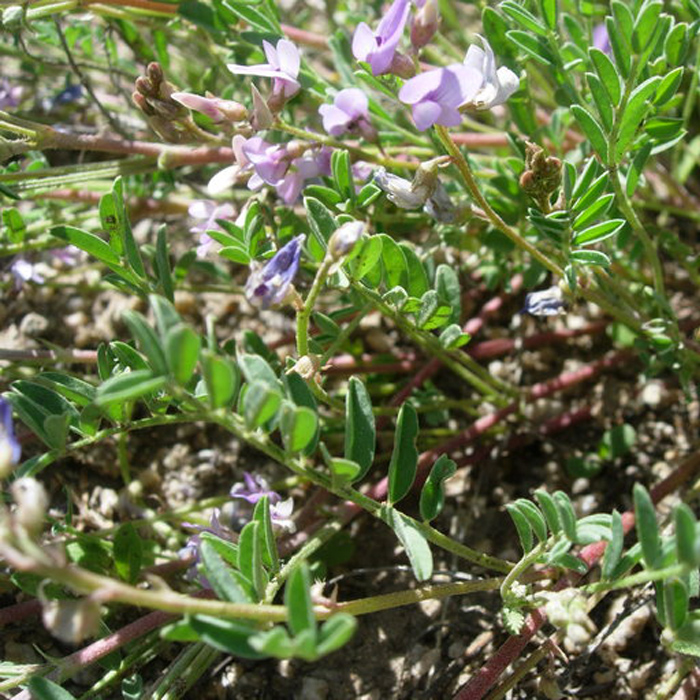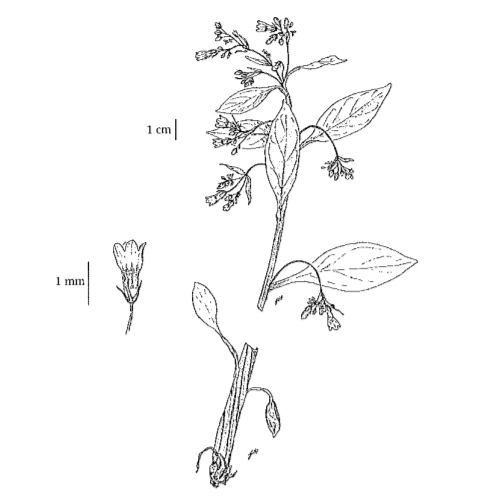 Photo 1. General image of Astragalus vexilliflexus Photo 1. General image of Astragalus vexilliflexus
|
Description
Astragalus vexilliflexus, commonly known as bent-flowered milk-vetch, is a provincially blue listed flowering plant in BC. Federally it is not listed. It is part of the pea family. It is a dicot with a perennial lifecycle. They are commonly found in meadow habitats. Astragalus vexilliflexus is a flowering plant that is 10-30 cm long. The leaf shape is lanceolate (long, wider in the middle, shaped like a lance tip), oblanceolate (much longer than wide and with the widest portion near the tip, reversed lanceolate) or elliptic (oval, with a short or no point). Their surface is hairy. Leaves are fused half their length. The stems form is stiff, woody and ascending. The flowers have pea white or yellow pedals or sepals. Flowers are 5-8 mm long. Fruit are red in colour and approximately 6-11 mm long The fruit are hairy. It has a tap root structure. Their prefered habitat is meadow. Sun exposure is typically full sun. They typically grow in loamy soil. Moisture requirements are moist soil or dry. And the pH requirements are slightly acidic or neutral. It can be found from 500 m to 2000 m in elevation. It can be found in British Columbia, Canada. Astragalus vexilliflexus is found in the engelmann-spruce-subalpine-fir or interior-cedar-hemlock biogeoclimatic zone(s). |






















































































